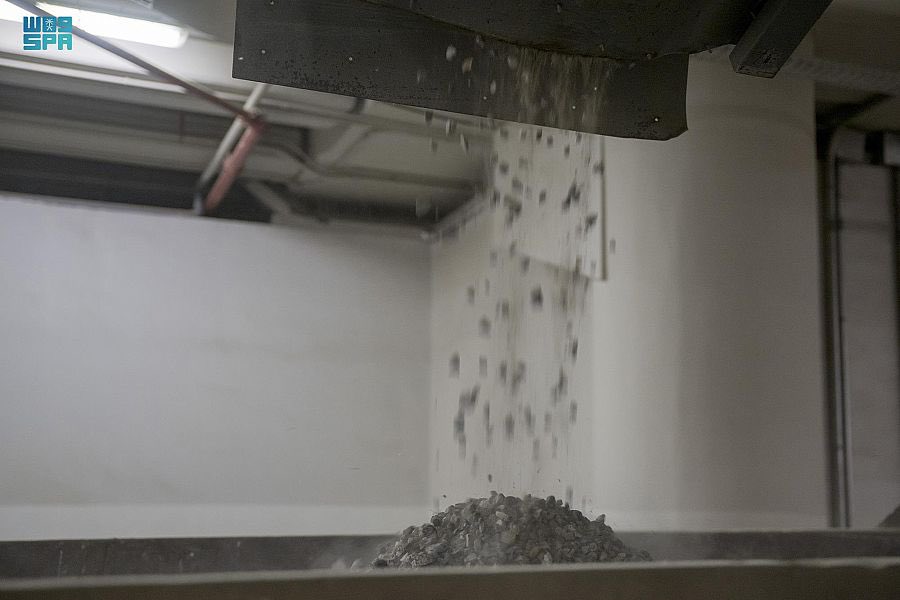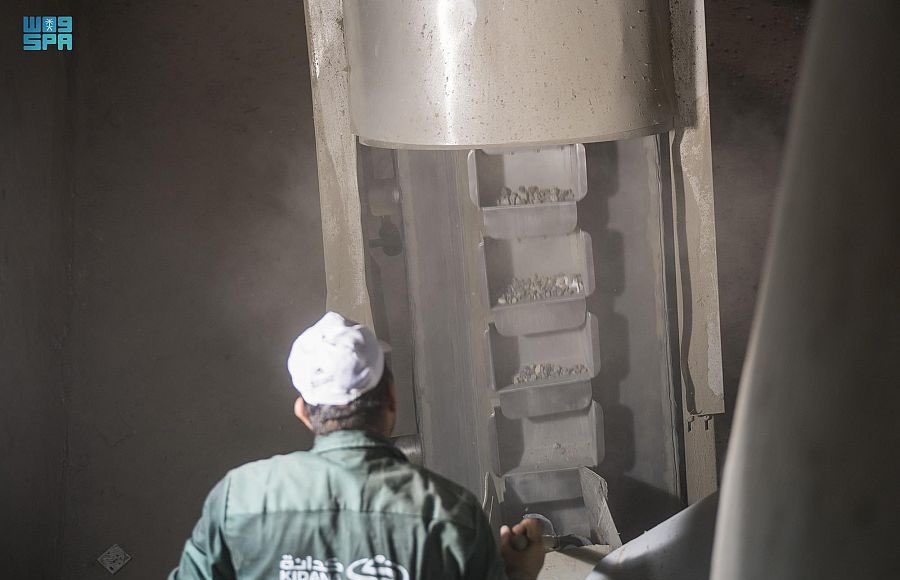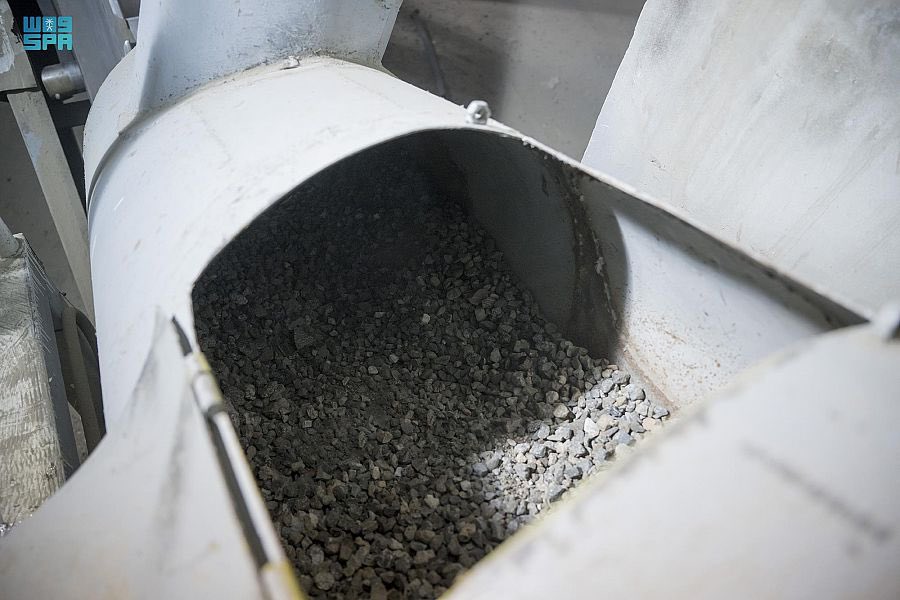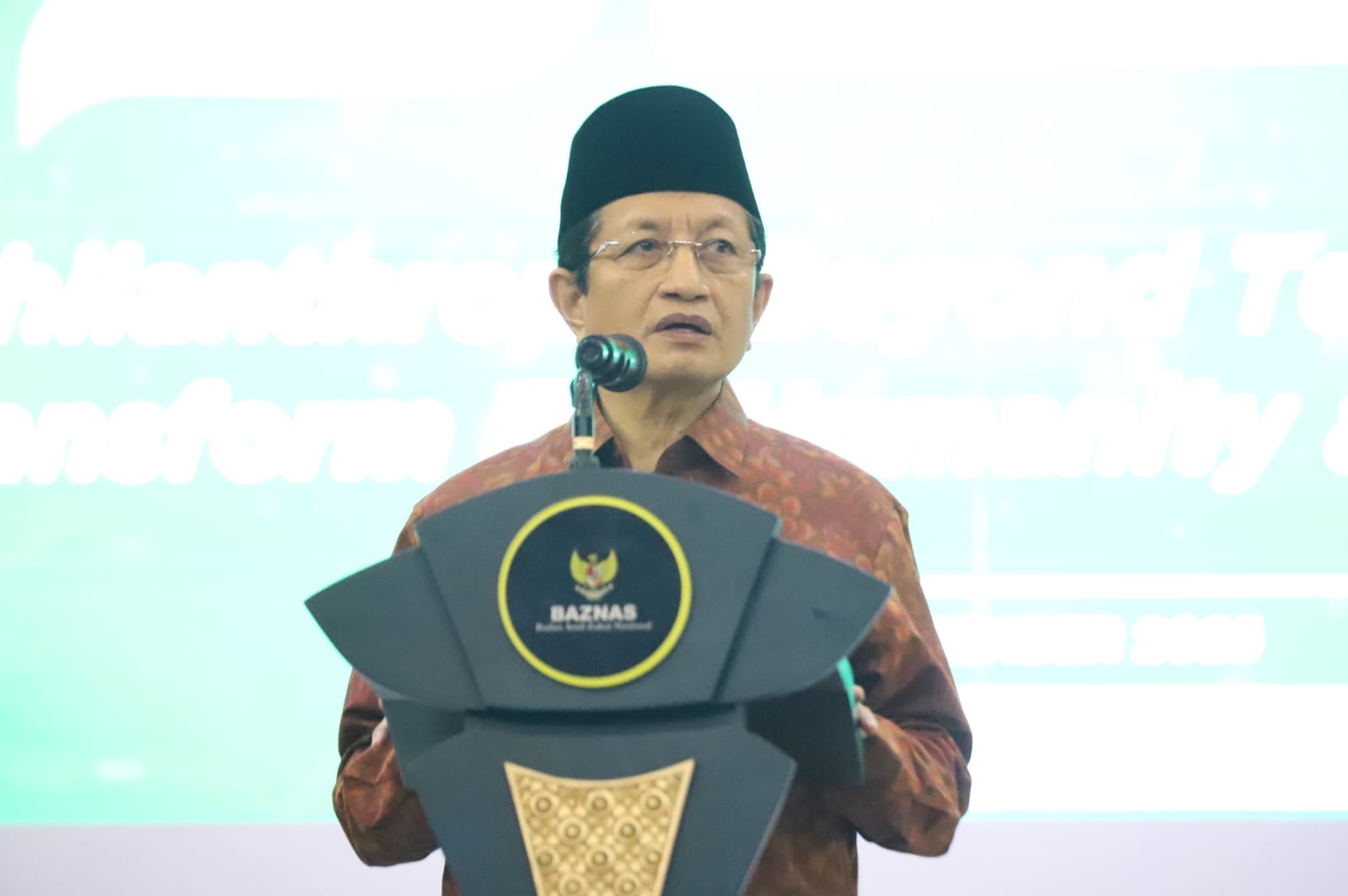Hajj1443 – Where do pebbles go after pilgrims complete rituals in Jamarat?

With the number of pilgrims reaching one million this year, there were 49 million – 70 million pebbles thrown at Jamarat.
Jakarta (Indonesia Window) – When performing the pilgrimage of stoning for three days, namely 10, 11 and 12 Dhul Hijjah, on the three pillars in Mina (about five kilometers from the Grand Mosque), a pilgrim has to collect 49-70 pebbles.
With the number of pilgrims reaching one million this year, there were 49 million – 70 million pebbles thrown at Jamarat.
After the entire Hajj procession ended, what happened to the pebbles?
The Saudi Press Agency (SPA) has recently revealed the taken procedures towards pebbles of Jamarat after the pilgrims finished stoning while performing the ritual at the holy site of Mina.
SPA said that many people reflect or query where the pebbles go after the pilgrims finish throwing them during performing the stoning ritual in Mina, especially with the multiple floors of the Jamarat facility, where the pebbles fall on the three pillars and extend to four floors at a depth of up to 15 meters.
Ahmed Al-Subhi, one of the employees of the Kedana company, has revealed to SPA that the process of dealing with the stones begins on the first, second and the third days of stoning immediately after the pilgrims complete the rituals of stoning the Jamarat.
The pebbles fall vertically downwards and settle in the Jamarat facility’s basement, Al-Subhi said, noting that the pebbles gather within a depth of 15 meters in the three pillars.
After that, a number of conveyor belts collect the stones that were thrown by the pilgrims, and then the process of sifting them and spraying them with water to get rid of the dust and impurities stuck to them starts before they are transferred to the vehicles and stored and dealt with after the end of the hajj season.
Al-Subhi confirmed that the tons of pebbles are estimated in the hajj seasons according to the number of pilgrims.




On the other hand, as part of organizing and arranging the gravel, the Hadiyah-Haji and Mu’tamer’s Gift in cooperation with the Kedana company — the main developer of the holy sites — has implemented a qualitative initiative to serve the pilgrims in the holy sites.
The organization provided more than 80,000 bags of pebbles to stone the Jamarat, and has been distributed in 300 contact points for pilgrims on the walking route in Muzdalifah, in addition to the Jamarat Bridge facility in Mina.
The organization’s initiative included the distributing of 83,411 bags of pebbles to pilgrims in the holy sites, in cooperation and direct supervision from the Kedana company, which aims to alleviate the burden on pilgrims during their rituals.
Source: SPA; Saudi Gazette
Reporting by Indonesia Window

.jpg)








